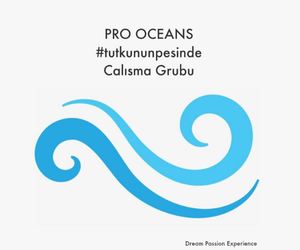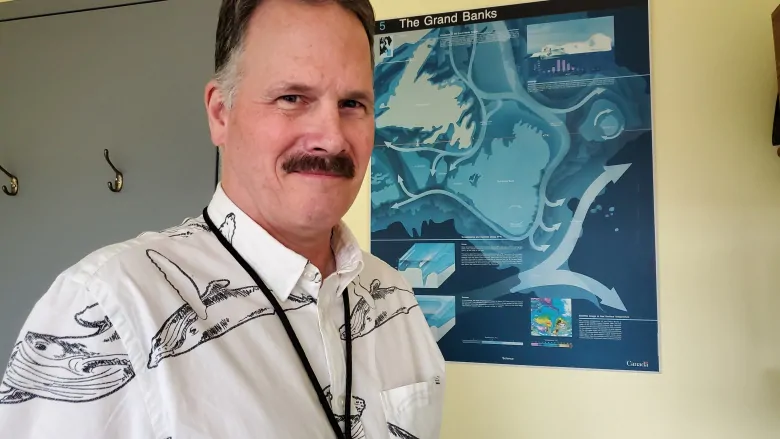
Jack Lawson is a research scientist with Department of Fisheries and Oceans in Newfoundland and Labrador. Lawson studies the abundance and distribution of whales, dolphins and porpoises. (Jane Adey/CBC)
A whale researcher in Newfoundland is excitedly watching the movements of one humpback whale headed north, thanks to data from a tagging experiment he thought had ended months ago.
Back in July, Department of Fisheries and Oceans researcher Jack Lawson and two of his colleagues from Winnipeg placed satellite tags on four humpbacks and two fin whales around the Avalon Peninsula. The researchers wanted to find out if the whales ventured into Arctic waters.
“We’re starting to see species in the Arctic that we’re not used to,” said Lawson.
“For instance, killer whales have started to be more abundant, seen more commonly there, and the thinking is, well maybe these whales are coming from Newfoundland and Labrador.”
The transmitters revealed that the whales hung around the Avalon for a month or so before moving to the north coast of Newfoundland in August and September.
Lawson said the whales stayed in Newfoundland waters until around Christmas time, which is when the researchers stopped receiving information from the transmitters on the humpbacks.
They assumed the batteries on the transmitters had simply worn out. Still, the researchers were pleased with the findings.
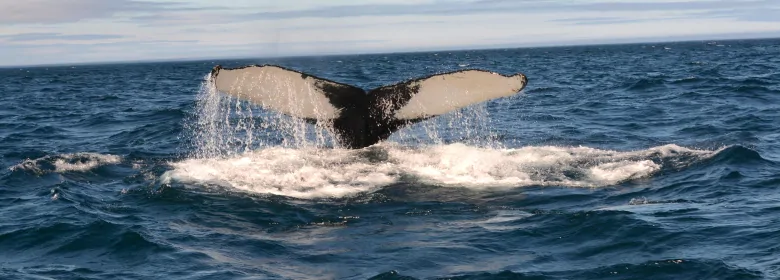
Researchers believe this is the humpback they were following to tag. Researchers spend 10-15 minutes near a whale prior to tagging to check its health, make sure it is not one of a mother-calf pair, take images, biopsy if possible, then tag. (Dr. Jack Lawson/Department of Fisheries and Oceans)
“We saw that these animals, instead of going to the Arctic or south, they hung around for the longest time around Newfoundland and that’s new because nobody’s ever tagged whales around Newfoundland and Labrador before,” said Lawson.
“So that was exciting information.”
A whale of a surprise
And then, the unexpected happened.
In February, researchers saw that one of the humpback whale tags began to transmit again.
“We downloaded the data and lo and behold, this animal was in Haiti,” said Lawson. The tagged whale lingered in the tropical waters for the months of February and March and moved to the east coast of Brazil before heading north along the Mid-Atlantic Ridge.
Lawson said the whale is moving slowly and has chosen an offshore route. Those factors may be good news for the humpback population if this whale is a female travelling with a young calf.
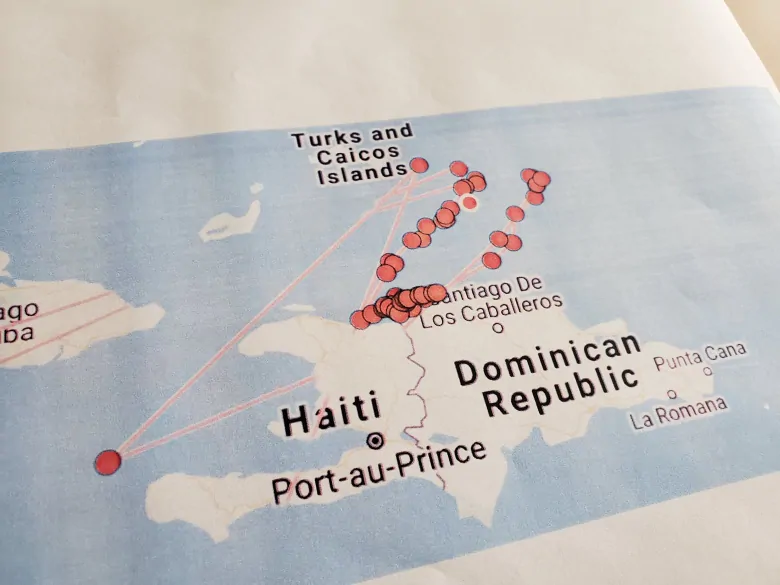
This map shows the tagged humpback whale’s movements in waters off the coast of Haiti and the Dominican Republic. Water temperatures in the months of February and March in this area were around 24 degrees. (Jane Adey/CBC)
“She’s taking it back into our waters but way offshore, so she’d be away from killer whales and maybe away from other other predators,” said Lawson.
As of the most recent locator, the whale and her calf are still travelling along the Mid-Atlantic Ridge, almost straight out from the coast of St. Anthony.
Researchers hope the transmitter batteries hold out long enough to see if the pair makes a left toward Newfoundland waters.
In the meantime, they’ll be analysing the data from all of the transmitters to gain new insight about diving depths of humpbacks and fin whales and the frequency of their dives.
Researchers plan to follow the movements of more whales this summer. This time they’ll place satellite tags on ten animals.
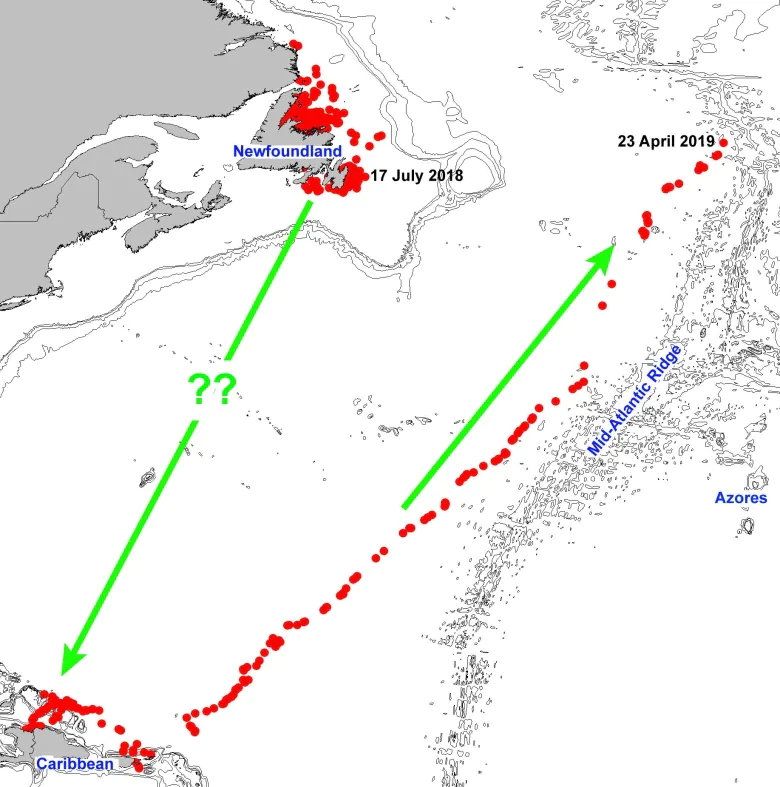
The latest locator transmission from the tagged humpback whale shows it taking a route north along the Mid-Atlantic Ridge. Researchers believe the whale is staying far offshore and travelling slowly because it has a new calf swimming along with her. (Department of Fisheries and Oceans )
“We’ll try and make [the batteries] last longer by having them ‘ping’ less,” said Lawson.
As the whale watching season approaches, Lawson encourages people out on the water to take photos and send them to the Department of Fisheries and Oceans. Those visuals can help researchers identify individual whales and build the information in whale catalogues. Photos can be sent to Lawson at telljack@dfo-mpo.gc.ca.
Researchers believe the current humpback whale population in Atlantic Canada to be about 10,293 animals.
Source: cbc




